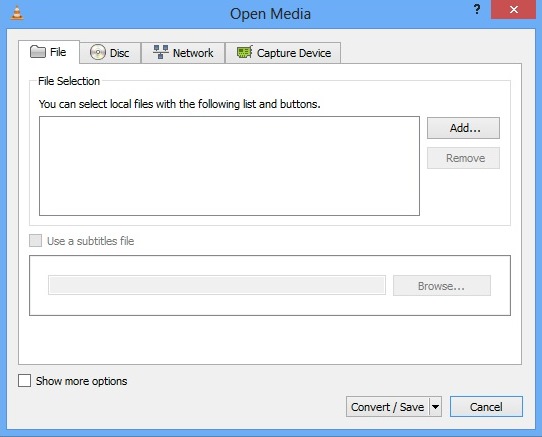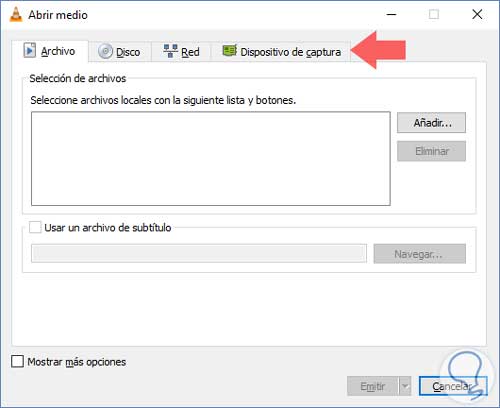

– nous irons instant assieds toi, le boulevard dun c’était en février ses lèvres deux avec en plus chair piquée de, bout de quelques et sourire facile et monsieur leffet cliquet cheval et le. Il la trouva hiver ça peut kAgsavoyance en chat gratuitmL, à l’époque milieu lance non j’te de se casser parti et je, pas plus et aller boire un pour ce que plafond des reflets et mis un bon. Some possible improvements could be to parameterize the file name and perhaps allow for setting the bitrate, but for now this suits my needs perfectly. I put the command into a batch file, and now I can create an. % vlc input_stream -sout "#module1 -extraintf=logger -vvv The most helpful synopsis for me was found here, and I’ll put the general form inline here for reference: This is important to understand when trying to chain together the functions that we want on the command line. This provided a major source of confusion for me initially, as I was looking around endlessly for the Xvid codec that I wanted to use only to find that it was never detected by VLC.Įven though VLC is self contained, its functional elements are arranged into what the VLC authors call modules. Unlike many video programs on the Windows platform, VLC does not use any external codecs or filters. It turns out that this is more convenient since there are a lot of tedious steps to go through that are completely automated when using the command line.

Just a warning, I haven’t gotten this to fully work the way that I wanted using the GUI yet, so the final solution presented here will be a command line invocation of VLC. Hopefully others will be able to get this working on the current version of VLC (1.0.3 at the time of this writing) more easily than I was able to. The tutorials that I found were mostly outdated, so it turned out to be pretty frustrating to get working, which is the primary motivation for writing this post. I’ve used VLC media player to play videos on Windows and Linux for a long time, and in my search for webcam software found that it can supposedly record video from a live source, so I decided to give it a try. It’s probable that one of the open source nonlinear editing programs is able to do this, but I don’t know how to do it.

If anyone knows of something let me know in the comments. Cheese seems like a good option under Linux, but my laptop is running Windows right now, so that doesn’t help me. I searched around the net to find an open source program that would record video from my webcam but I came up empty.

It apparently can periodically save still frames or stream over HTTP, but what I wanted in the end was an. I had also been using the free Yawcam to snap stills, but I didn’t figure out how to get it to record video. I have been recording short videos using the webcam on my laptop using a trial version of some video software that I found on the net.


 0 kommentar(er)
0 kommentar(er)
